In 2025, car buyers often come across abbreviations like ABS, EBD, and BA while checking safety features. But do we truly understand what these terms mean? How do they work? And why are they critical in ensuring your safety behind the wheel?
Here’s a detailed comparison to help you make an informed decision.
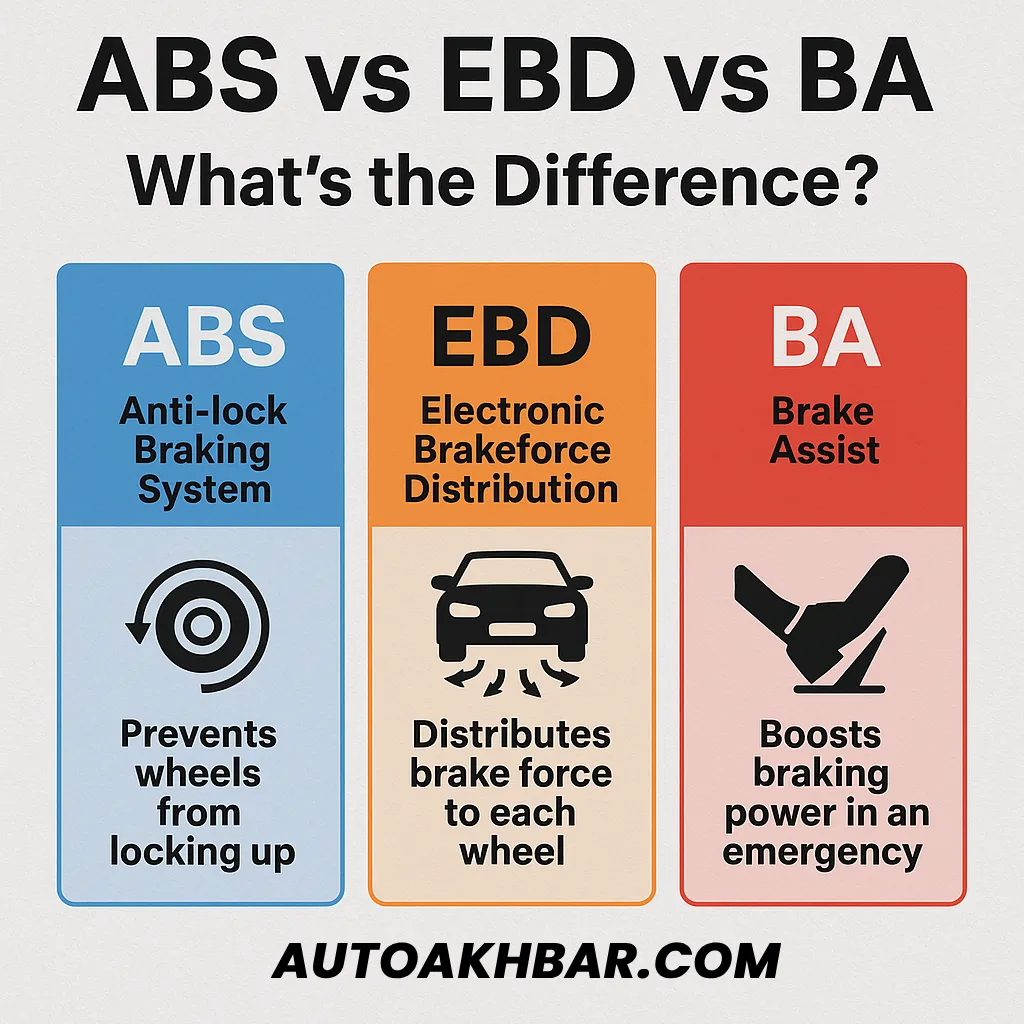
Table of Contents
1. What is ABS (Anti-lock Braking System)?
Function: ABS prevents your car’s wheels from locking up during sudden braking. It maintains traction and steering control by modulating brake pressure.
Real-World Example: Imagine braking hard on a wet road. Without ABS, your car might skid uncontrollably. With ABS, the system pulses the brakes rapidly to prevent skidding and help you steer to safety.
Benefit: It reduces the risk of accidents by improving control during emergency braking.
How to Clean and Detail Your Car’s Engine Bay Safely
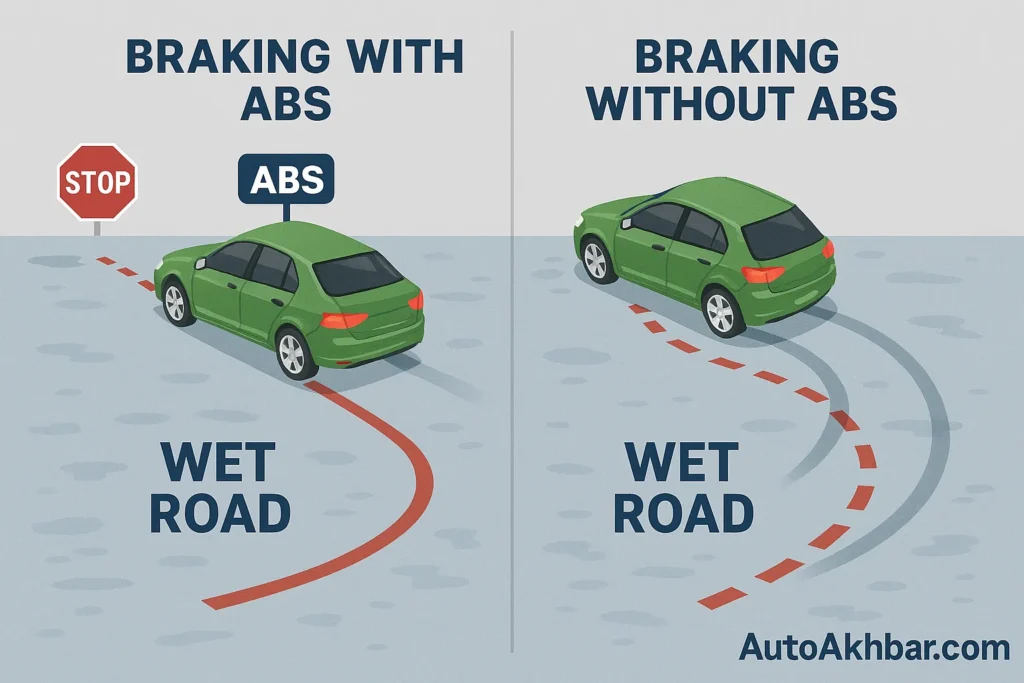
2. What is EBD (Electronic Brakeforce Distribution)?
Function: EBD works with ABS and distributes brake force among all four wheels based on load conditions. Heavier loads or unequal weight distribution (e.g., more passengers in the back) trigger EBD to adjust braking accordingly.
Real-World Example: When driving with rear-seat passengers, EBD ensures more brake pressure is applied to the rear wheels, maintaining balance.
Benefit: It enhances braking efficiency and stability under various driving conditions.

3. What is BA (Brake Assist)?
Function: BA detects emergency braking by measuring the speed and pressure applied to the brake pedal. It then provides additional brake force instantly to reduce stopping distance.
Real-World Example: In a panic situation, most drivers don’t press the brake pedal hard enough. BA compensates for this and applies maximum force needed for quicker stopping.
Benefit: Reduces braking distance significantly in critical moments.
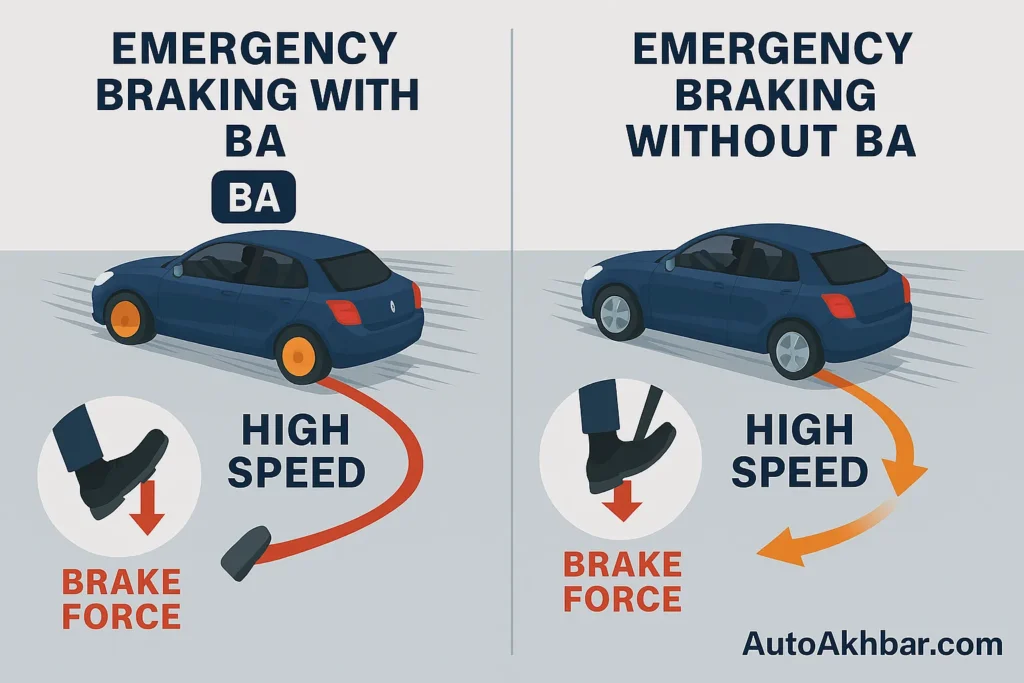
Key Differences: ABS vs EBD vs BA
| Feature | ABS | EBD | BA |
|---|---|---|---|
| Prevents Wheel Lock | ✅ | ❌ | ❌ |
| Adjusts Brake Force | ❌ | ✅ | ❌ |
| Emergency Brake Boost | ❌ | ❌ | ✅ |
| Works with Other Systems | ✅ | ✅ | ✅ |
| Enhances Stability | ✅ | ✅ | ✅ |

Which Safety Feature Matters Most?
Truthfully, they all play important and complementary roles. Most modern cars in 2025 come equipped with all three. But it’s wise to check if all systems are included, especially in budget and mid-range variants.
Final Thoughts
When evaluating a car’s safety package, look beyond airbags and crumple zones. ABS vs EBD vs BA aren’t just technical jargon – they are life-saving innovations. Invest in a car that includes all three.
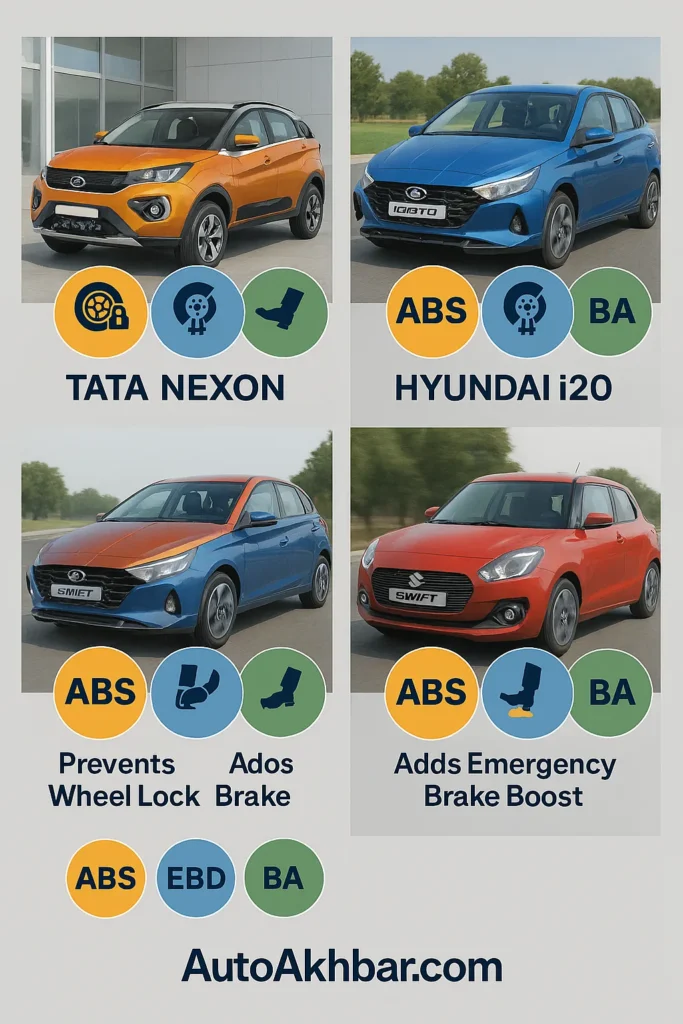
FAQ ABS vs EBD vs BA (2025)
What is the difference between ABS, EBD, and BA?
ABS (Anti-lock Braking System) prevents wheel lock-up during braking.
EBD (Electronic Brakeforce Distribution) ensures optimal brake force is sent to each wheel.
BA (Brake Assist) detects emergency braking and applies maximum pressure for quick stopping.
Is ABS better than EBD or BA?
Each system has a unique purpose. ABS prevents skidding, EBD enhances balance during braking, and BA helps during panic stops. They work best together.
Can I install ABS, EBD, or BA in my car?
Retrofitting is complex and often not feasible in budget cars. It’s best to buy vehicles with factory-fitted safety features.
Are ABS, EBD, and BA mandatory in India?
ABS is mandatory in all new vehicles. EBD and BA are not compulsory but are often included in modern cars for enhanced safety.
How do these systems impact driving in the rain?
ABS helps prevent skidding, EBD ensures even braking, and BA improves sudden stop performance—together providing much safer braking in wet conditions.

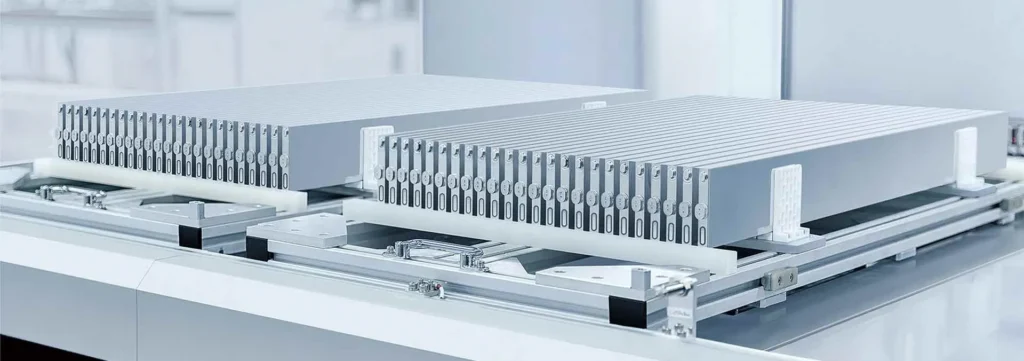
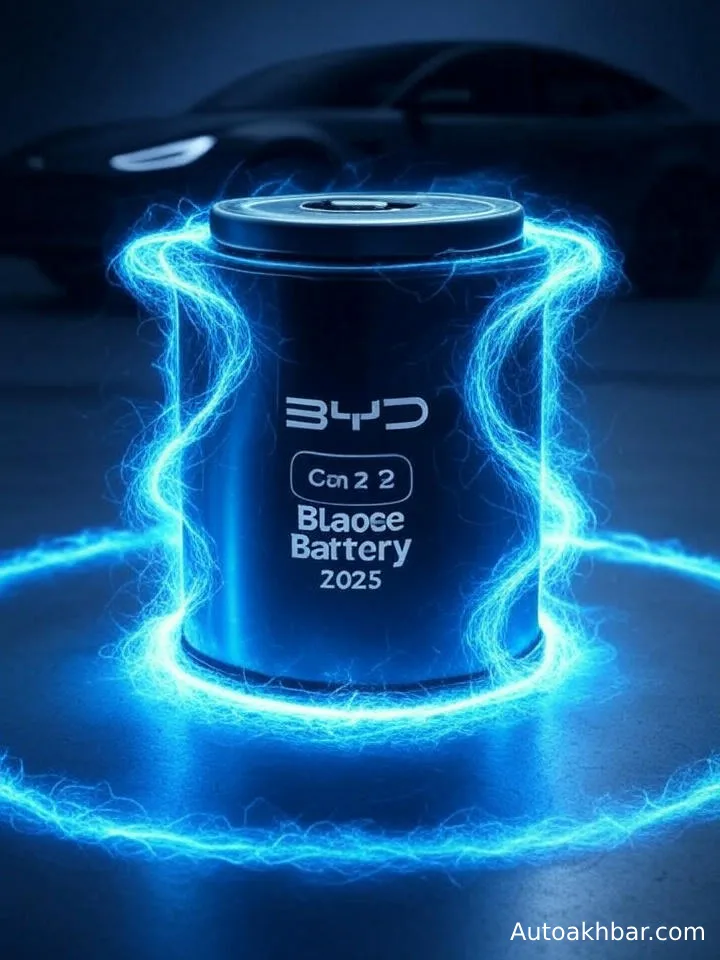
I like what you guys are up too. Such intelligent work and reporting! Carry on the excellent works guys I¦ve incorporated you guys to my blogroll. I think it’ll improve the value of my website 🙂